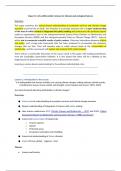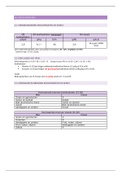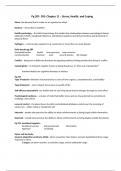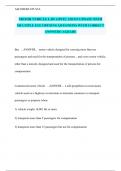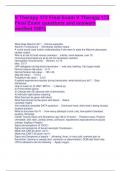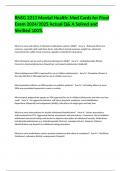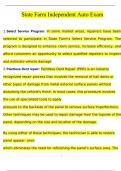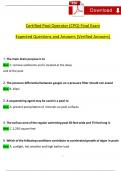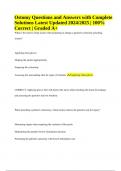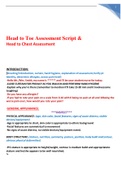Class notes
Class notes BA Geography (L700) Paper 11: Life within limits - science for a climate and ecological future
- Course
- Institution
This paper examines the science-based understanding of ecosystem services and climate change scenarios crucial for life on Earth. Our intention is to provide students with a deeper understanding of the ways in which science is integrated into policy making and underscores the synthesis reports made...
[Show more]
